western swing
[English]
A style of popular music that evolved in the 1920s in the American Southwest among the region's popular string bands. Western swing is dance music with an up-tempo beat consisting of a combination of polka, and folk music, New Orleans jazz, or , and blues blended with a jazzy "swing", some with influences of bebop. Thus, It is a form of jazz music and a similar genre to Gypsy swing and influenced rockabilly, and rock n' roll. In fact, Bill Haley's music from the late 1940s and early 1950s is often referred to as Western swing. It is typically played by a string band with drums, saxophones, pianos, and steel guitar. Western swing also used electrically amplified stringed instruments that provided a distinctive sound from other genres.
Western swing originated in the dance halls of small towns in the 1920s and 1930s and grew from the old house parties and ranch dances with local fiddlers and guitarists performing for the dances. They played fast music for the two step and round dances of the time, but would need to slow the tempo with waltzes and ballads to give the dancers a break. As the big swing bands became popular in the late 1930's, they performed musical arrangements that provided little room for individuality. The Western swing bands featured free improvisation with all instruments where the fiddle would provide the lead. Early music in the Western swing genre was simply dance music that had no specific name attached to it. It wasn't until 1944 when Billboard noted that Spade Cooley was releasing a song book titled Western Swing. It was also at that time when it was effected by the country's involvement in World War II. Night clubs that featured dancing were charged a 30% federal excise tax. It was eventually reduced to 20%, but not until night clubs around the country stopped allowing dancing.
Share
Tweet
Last Updated: 2016-05-06 00:17:03

